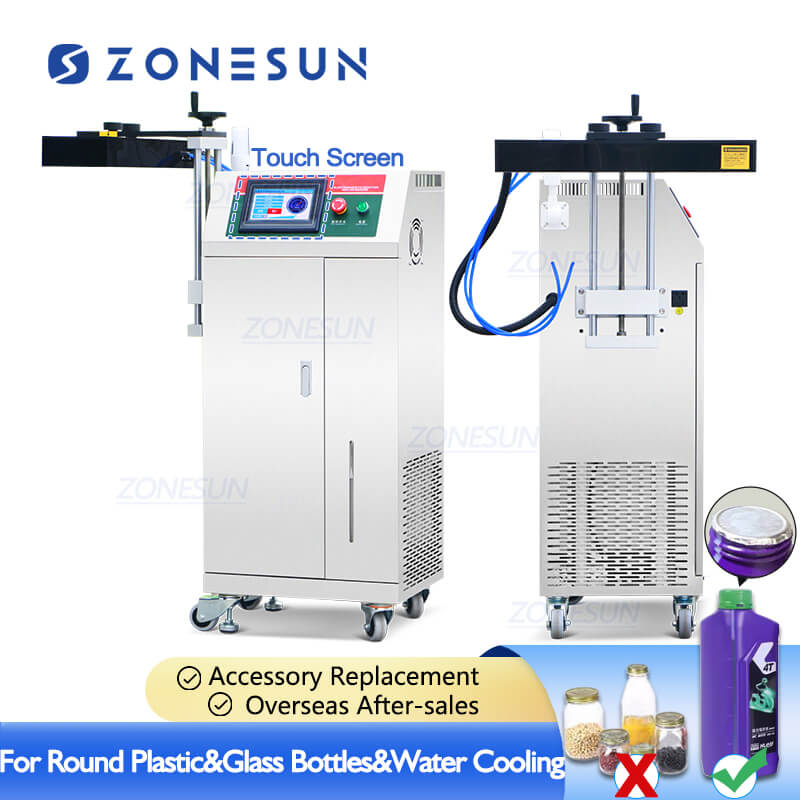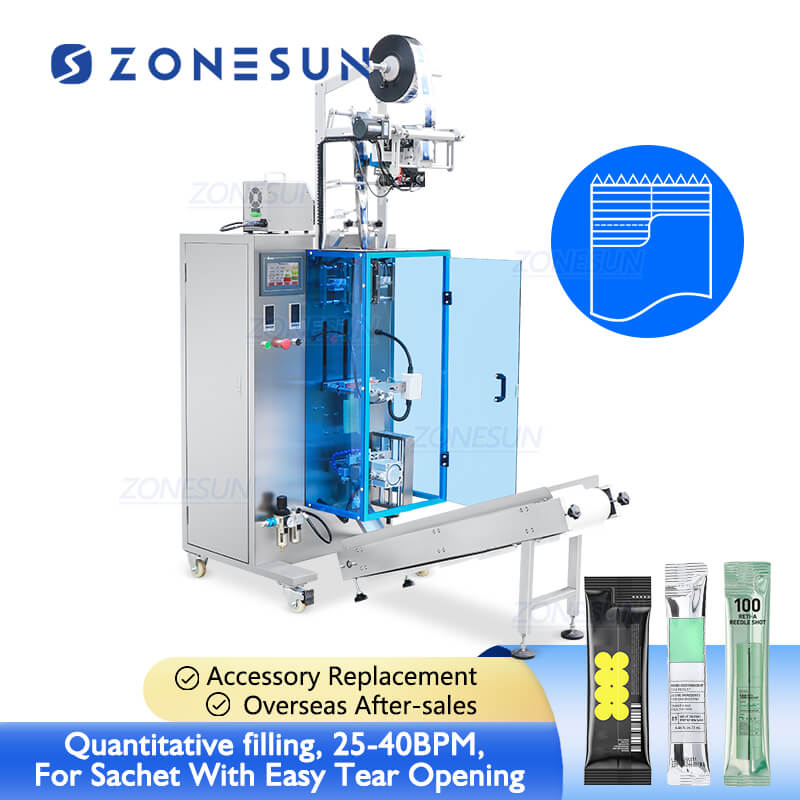After a decade working in packaging automation, I’ve seen how selecting the wrong filling machine can bottleneck production. Whether you’re filling thin liquids or thick pastes, understanding your options is crucial for efficiency.
Liquid Filling Machines: The Workhorses
For water-like viscosities, a standard liquid filling machine gets the job done. But here’s what most buyers overlook – the pump type matters more than the tank size. I’ve watched countless operations struggle with inconsistent fills until they upgraded to:
- Stainless steel construction (avoid plastic wetted parts)
- Overflow fillers for foam-prone products
- Drip-free nozzles that save 3% product waste

When You Need a Piston Pump Filler
That piston pump filling machine in the corner? It’s my go-to for:
- Viscous products (think shampoos or sauces)
- Precision batches (±0.5% accuracy)
- Quick changeovers between products
The secret? Regular seal replacements – I mark my calendar every 6 months after seeing pumps fail at the worst moments.
Paste Fillers: Where Most Get It Wrong
Your paste filling machine needs different specs than liquid systems:
- Auger fillers for toothpastes
- Positive displacement for silicone sealants
- Heated hoppers for chocolate applications
I once helped a cosmetic company triple throughput just by adding barrel warmers to their thick cream filler.

Bottle Filling Considerations
A bottle filling machine isn’t one-size-fits-all. You’ll want:
- Adjustable guides for container sizes
- Overflow protection
- CIP (clean-in-place) capabilities
Powder Challenges Solved
For your powder filling machine, three features prevent headaches:
- Vibration-assisted flow
- Dust extraction ports
- Moisture-controlled hoppers